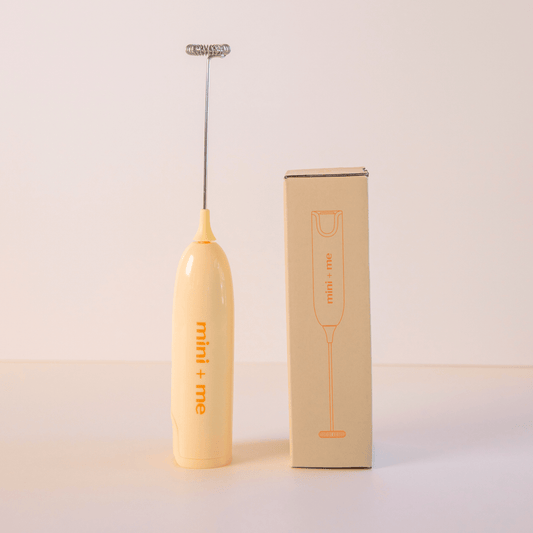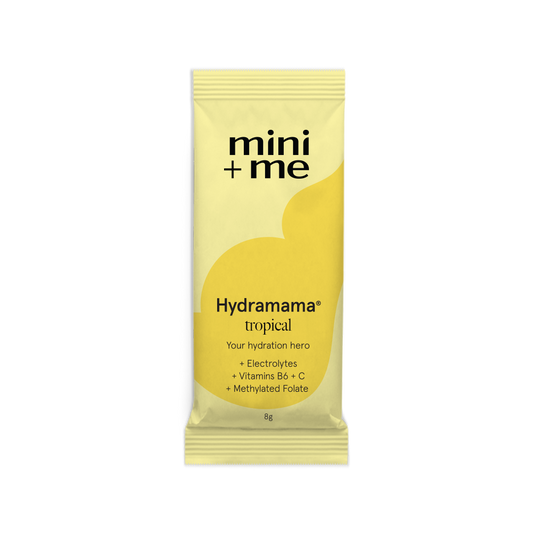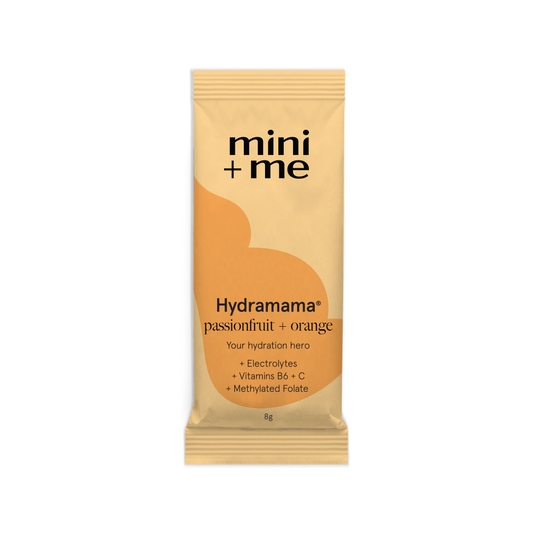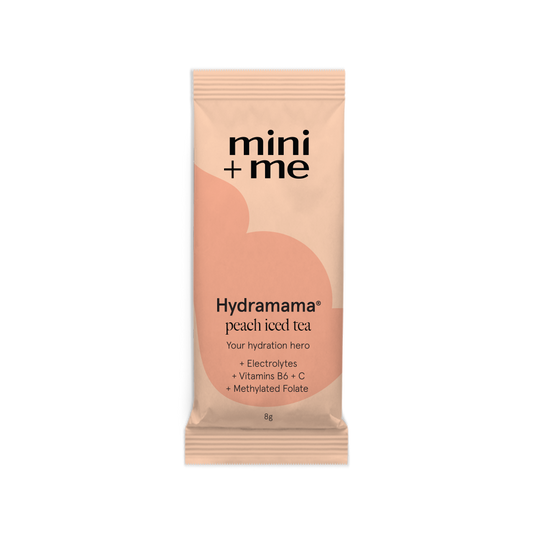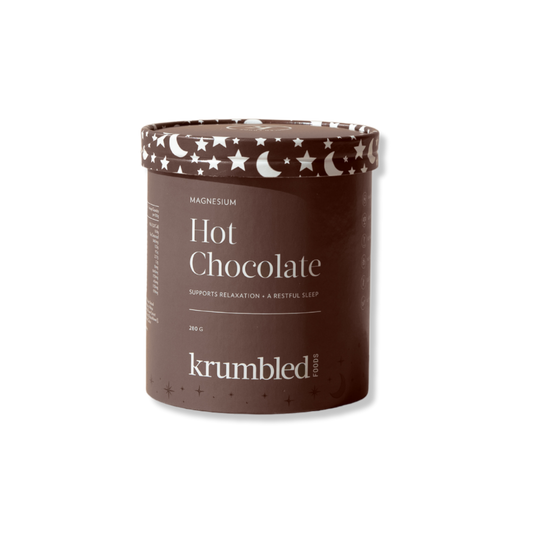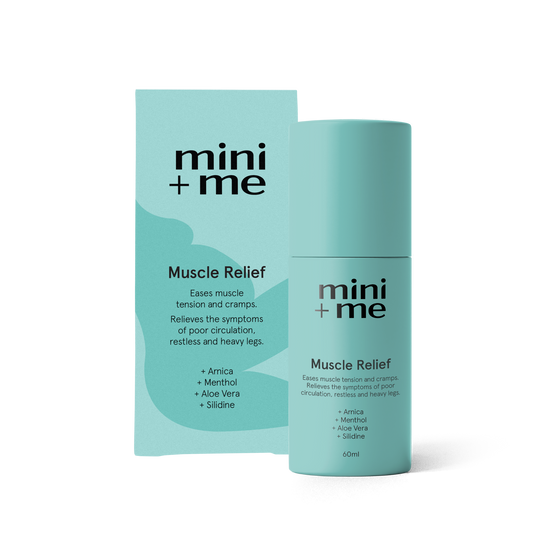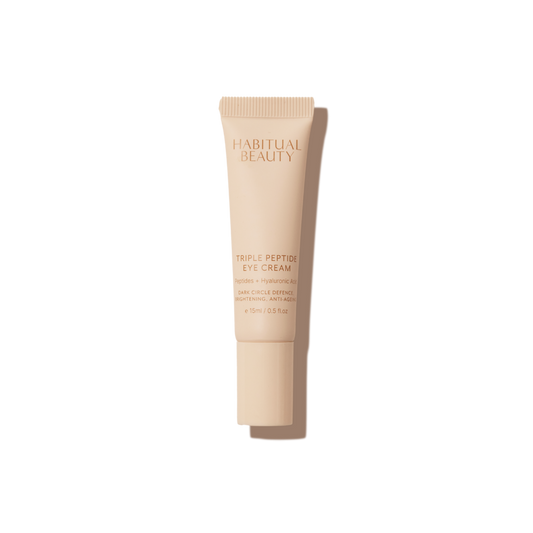Feeding your baby is a journey, and a complex one at that. It's a journey that looks a little different for every mother, baby and family. It is not without its challenges, yet also creates a sense of joy + pride, and allows you to develop a bond with your baby. It takes a lot of support to make breastfeeding work.
In celebration of World Breastfeeding Week, we’ve collated some practical tips from our Experts for all different phases and stages of your breastfeeding journey.
Lactation Consultants:
Harriet Blannin-Ferguson, IBCLC
Courtney Garland, IBCLC
Postpartum Doula:
Naomi Chrisoulakis
1. Nipple Care
When first starting to breastfeed, it can be uncomfortable for our nipples as they adjust to the sucking. Use coconut oil, cold packs, change your breast pads frequently. Focus on latch + positioning to minimise the risk of cracks or damage Breastfeeding support should be available to all, at any time and any place. This is what our Breastfeeding Programs and Free Masterclass provides for new mothers. Support 24/7, whenever or wherever they are. - Courtney Garland, IBCLC
2. Leakage
In the beginning as you establish feeding, you will find your breasts may leak a lot. Change your breast pads frequently as wet pads can become a breeding ground for bacteria. There is disposable and reusable (washable) options available. - Courtney Garland, IBCLC
3. Mastitis Treatment
Use the acronym BAIT to treat mastitis symptoms
B: Breast rest is key. Do not stimulate more breastmilk supply than is needed! Feed ONLY to your baby's demand.
A: Anti Inflammatory medications (i.e. Ibuprofen will be your friend)
I: Ice Ice Baby! Treat that breast like it's a sprained ankle. Keep the breast cold in between feeds, warmth can help immediately prior to feeds.
T: Treat the pain (i.e. Paracetamol)
Looking after your wellbeing during this time is important. Maintaining a good level of hydration during this time will support your body in removing the waste and inflammation and encouraging the return of your happy breast tissue. - Harriet Blannin-Ferguson, IBCLC
4. Feeding to Sleep
If breastfeeding your child to sleep or for comfort is working for you and your family, that’s all that really matters. Breastfeeding is not only about nutrition, it’s about regulation, nurturing and connection too. Breastmilk is rich in oxytocin, melatonin and tryptophan and more, it’s biologically designed to send babies to sleep. You’re helping your baby enter sleep the calmest and quickest way possible for their body. Associating sleep and positive feelings sets up positive associations with sleep. - Harriet Blannin-Ferguson, IBCLC
5. Starting Solids
When starting solids initially milk is still the primary source of calories for your little one. As they get better at taking their solids and having more throughout the day you will naturally find your breastfeeds may drop with it as well. This also occurs with baby switching from 3 to 2 naps to 1. Slowly our little one starts to wean themselves as naps drop and feeds increase. - Courtney Garland, IBCLC
6. Biting
This is one of the scariest things with breastfeeding that most of us dread. Please know it can happen but it is easy to fix. When your little one has bitten make sure you bring baby to the breast and release the latch by sticking your pinky finger into the corner of their mouth and sliding out your nipple slowly. Try not to pull your baby off as your poor nipple will go with it. To help manage biting keep an eye on your little one and when they start playing with your nipple it may be a sign they are done feeding. As they get older feeds do become quicker so they may not need long feeds like before. Also keep in mind distracted feeding has become a new fun thing your baby has learnt, so try to go with it. By this I mean show the baby what they may be trying to look at or see while feeding, or clip a toy on to your nursing bra and rotate this to keep them focused at the breast but busy with a toy. - Courtney Garland, IBCLC
7. Introducing a Bottle
Returning to work can be such a mix of emotions and it is totally okay to feel that way. Let’s help you with introducing a bottle to ease some of that. When it comes to maintaining your supply and introducing a bottle it is important that you continue to pump when baby would usually feed and store this breastmilk properly in the cold fridge. To transport it from work to home make sure to use an insulated lunch box with ice packs. With introducing a bottle take your time and start weeks before you go back, and do a little bit at a time. What do I mean by this? When baby is showing you hunger signs try offering a bottle with just 10 mins of milk to not waste all that precious liquid gold. If baby is refusing, do not force it and try offering the bottle not just around feed times. Also have someone else besides yourself try to give the bottle like your partner or mother. It will take time but with practice it will get easier. - Courtney Garland, IBCLC
8. Nutrition
Nutrient needs when breastfeeding are higher than when you're pregnant. Your diet directly impacts the quality of your breastmilk so eating nutrient-dense foods and drinks (you need an extra 500 calories a day) will support you and baby. -Naomi Chrisoulakis, Postpartum Doula.
Check out one of Naomi's delicious postpartum recipes, a yummy Zucchini Slice here.
9. Hydration
Don't forget to stay hydrated whilst feeding. The current water recommendation is 3 litres per day. Electrolyte replenishment is quite important because you lose them to your milk. Refresh your ‘drink station’ with tea, water or Hydramama. - Naomi Chrisoulakis, Postpartum Doula
10. Family Support
Set up a meal train so that family, friends and community can contribute to meals. Support with household chores, cooking, entertaining siblings, and protecting the postpartum healing space for mum. Reassure the mother with kind words of support. It's not rocket science, but showing up for friends and family in postpartum makes a major difference, not only to their breastfeeding goals, but also to their mental health and physical recovery as they adjust to their new role. - Naomi Chrisoulakis, Postpartum Doula
Cart is Empty
Your Cart is Empty
- Choosing a selection results in a full page refresh.
- Opens in a new window.





